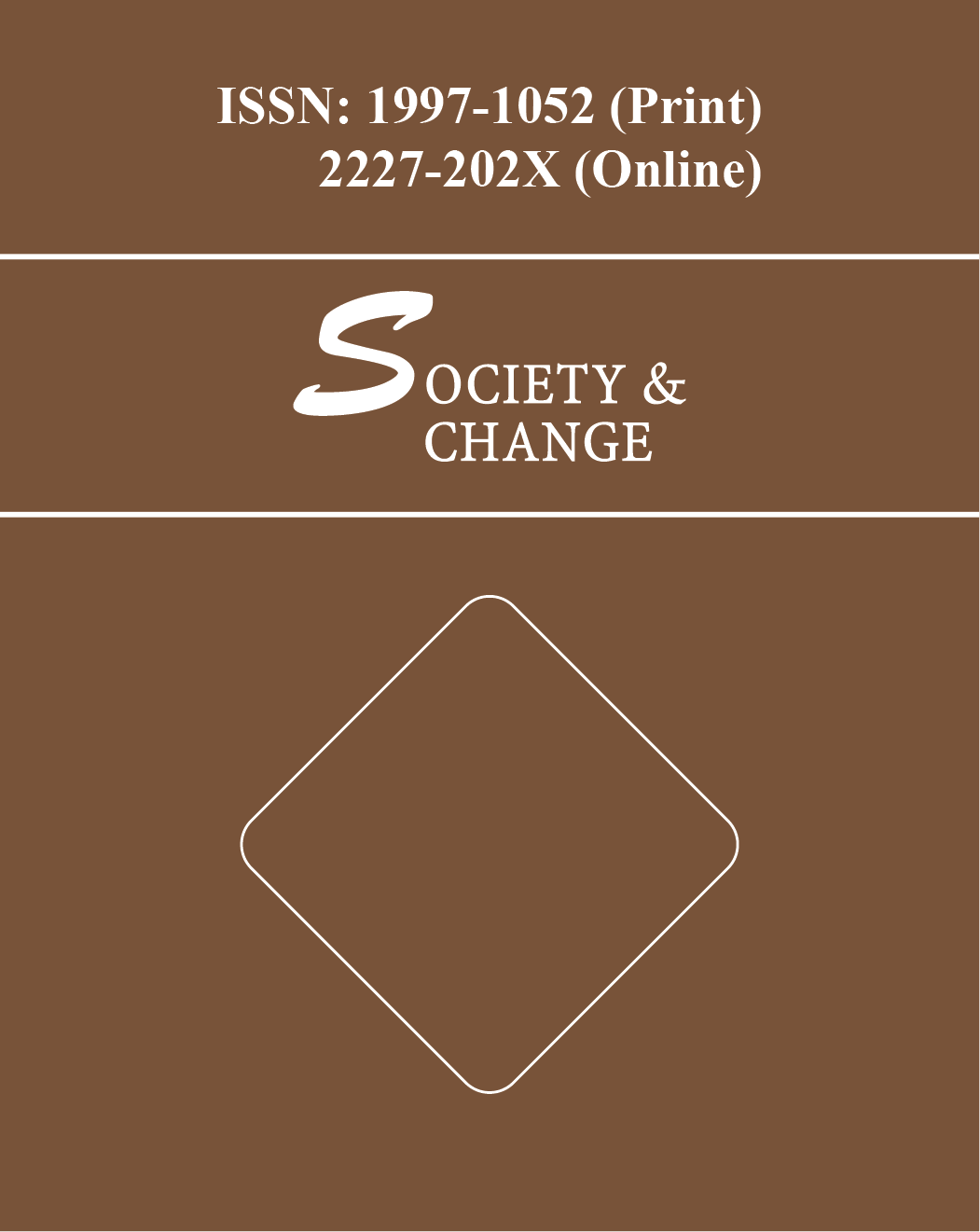The aim of the paper was to assess the relationship between disability conditions and elder abuse among the elderly population in India.
Cross-sectional data from the UNFPA’s “Building Knowledge Base on Population Aging in India” (BKPAI- 2011) was used. We generated a 2+ disability variable by combining 2 and more than 2 disabilities. A multilevel logistic regression model was used to examine the association between disability and elder abuse.
The overall prevalence of elder abuse in the study population was 11.4 percent. The prevalence of disability increases the likelihood of elder abuse significantly. However, the size of the effect is larger in urban areas. The association between disability and abuse is stronger in urban areas. Elderly in rural and urban areas with 2+ disabilities is 1.85 (95% CI: 1.28, 2.67, p<0.001), 3.49 (CI: 2.38, 5.13, p<0.000) times more likely to experience elder abuse, respectively. Similarly, the size of the effect is larger among females. The association between disability and abuse is strong in the female population. Elderly in males and females with 2+disability is 1.85 (95% CI: 1.23, 2.77, p<0.003), 3.16 (CI: 2.22, 4.49, p<0.000) times more likely to experience elder abuse, respectively. Furthermore, economic status and educational attainment have a protective role in determining elder abuse in India.



 INSEARCH 2025: 10th International Integrative Research Conference on Governance in Society, Business and Environment
INSEARCH 2025: 10th International Integrative Research Conference on Governance in Society, Business and Environment